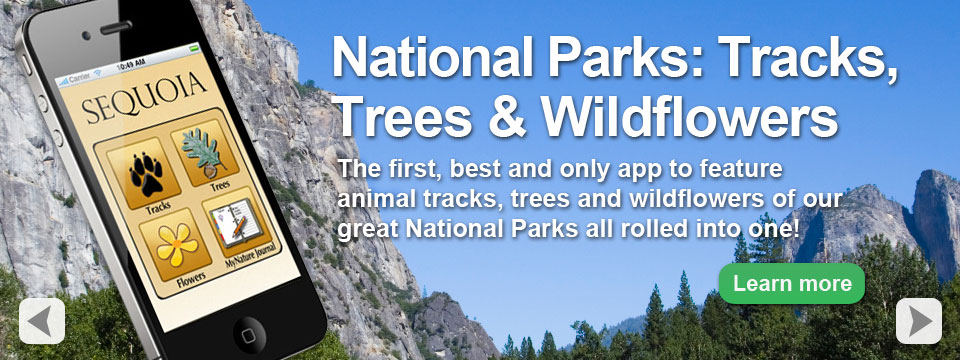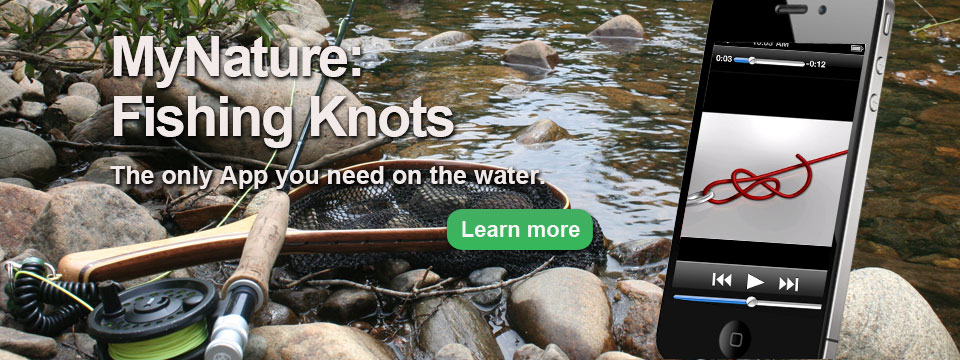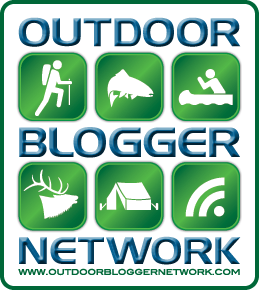Many times identifying an animals track isn’t the simplest thing to do. You can buy all the books and yes even the apps on tracking and still be left wondering what track lies in front of you. It’s not always as simple as matching up a picture to the imprint left, more often than not you need to have an investigative mind. In light fluffy snow some tracks appear distorted as the animals foot drags snow back into to the track as they move. Some tracks may just suddenly disappear all together and your left to figure that out where they went. Did they jump out of your line of sight, climb a tree, fly away or was the animal swept up by a hawk or owl.
In the picture (not a great one I admit) everything is there to identify the animal that visited this spot and what happened. While not the clearest of tracks the general form of it is still in tact as well as the stride and the trail width, all clues left to who it belongs to. The fact that it suddenly dissapeared and you found no other tracks in the area or trees close by that it could have climbed will be a huge clue. Hopefully by now you came to the conclusion that it was some kind of bird that suddenly flew away. But what kind? Was it a Grouse, Turkey, Crow or maybe even a Heron?
If your in the middle of the forest with no water around you can immediately discount it being a Heron. That’s going to leave you with three choices, now what? Well, if the tracks have been walking for quite a distance that’s going to knock the possibilities of it being a Crow off the list. Crows won’t walk a long distance on the ground and if the do then they will hop, clearly the tracks above aren’t hopping. Now were left with either the choice of a Turkey or Grouse. Now you can go back to an individual track measure the size, even if it isn’t a clear print and come to a conclusion based on the size difference between the two birds on which one it is. The one in the picture was 4 inches long. The only animal it could be was a Turkey since a Grouse is around 2 inches.
Tracking can be a great way to spend some time outdoors. There’s no need to have a destination to get to, no time limit, no crowded trails to follow, just you the woods and the animal your following. Life doesn’t get much more laid back than that. Happy Tracking!
























What Others Have to Say